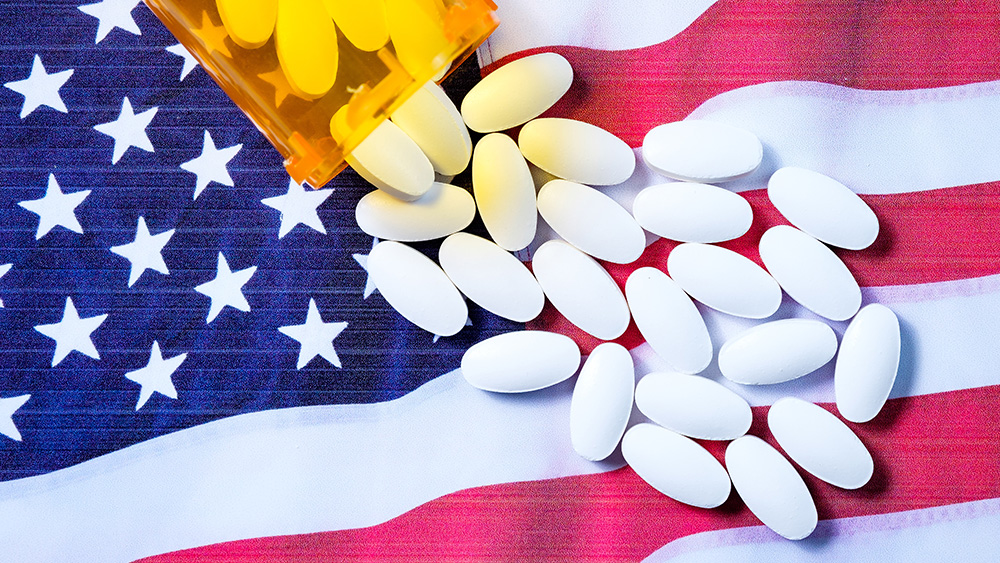
Trump is correct that the problem has gotten out of hand in our nation, with around 35,000 people dying of opioid or heroin overdoses in the country in 2015 alone. However, his approach fails to get to the heart of the issue. He said he plans to spend “a lot of money” solving this crisis, but is that really the best way to deal with it?
It is not yet clear when an official formal declaration will be issued. Most pundits agree that this is one move that Democrats and Republicans alike will agree on because nobody can deny that there is a crisis. However, there are a few reasons that mental health funding should not be the main focus.
While supplying police officers across the nation with an anti-overdose remedy known as naloxone is a useful step and there is certainly the potential for many lives to be saved, this does not exactly stop people from getting hooked to begin with or returning to their old ways after their lives have been saved. Focusing the funding on supporting mental health treatments like inpatient drug treatment also falls short of getting to the crux of the problem.
Trump said that telling young Americans that drugs are “no good, really bad for you in every way.”
But, as the New Yorker points out:
[T]hat message seems particularly inappropriate, given the epidemiology of this drug crisis: the first person many addicts would have to say no to is a health-care provider.
Holding doctors and Big Pharma accountable
That is because many people become hooked on opioids in the first place after receiving them as a prescription for treating pain from their doctor. The number of opioid painkiller prescriptions has quadrupled over the same period where overdoses have risen dramatically. Instead of looking to mental health facilities to fix the problem, why not focus on what the doctors responsible for physical health are doing to cause it?
The state of New Hampshire filed a lawsuit against OxyContin maker Purdue Pharma on the same day as Trump’s announcement, alleging that they misbranded and mismarketed the drug in a way that encourages dependency and abuse. Ohio filed a suit against five major drug makers in May for what it termed creating “a population of patients physically and psychologically dependent” on prescription painkillers. The suit states that once these patients are no longer able to obtain them legitimately, that’s when they turn to the street to buy either prescription opioids or heroin. Several other states have filed similar suits. If President Trump could take a page out of their book, it would go a long way toward stemming this problem.
It’s going to take more than mental health spending to solve this crisis, although promoting alternative methods of pain management that are safe, like yoga, would help. Big Pharma places profit above all else, and they’ve got an army of doctors helping them rack up sales. Reforming the way in which these drugs are prescribed, and holding doctors and pharmaceutical companies accountable, should be the first steps, and the punishment needs to be more than a slap on the wrist.
In Ohio, where eight people die each day of overdoses, more than 12,000 doctors were found to be ignoring a rule about checking patients’ prescription histories prior to giving them opioid prescriptions.
Employees of INSYS Therapeutics, maker of Fentanyl spray Subsys, were arrested for allegedly running cash-for-prescription schemes wherein bonuses where generously shelled out to employees for convincing doctors to get the drug to as many patients as possible. The firm also gave doctors money under the guise of “speaking fees” and “educational events” in exchange for prescribing opiates. This cannot be allowed to continue.
Trump got one thing right: America is in the throes of a destructive opioid addiction crisis. However, in order to make serious inroads in the fight against it, he needs to recognize that the problem is starting in doctors’ offices rather than on street corners.
Sources include:
Please contact us for more information.























